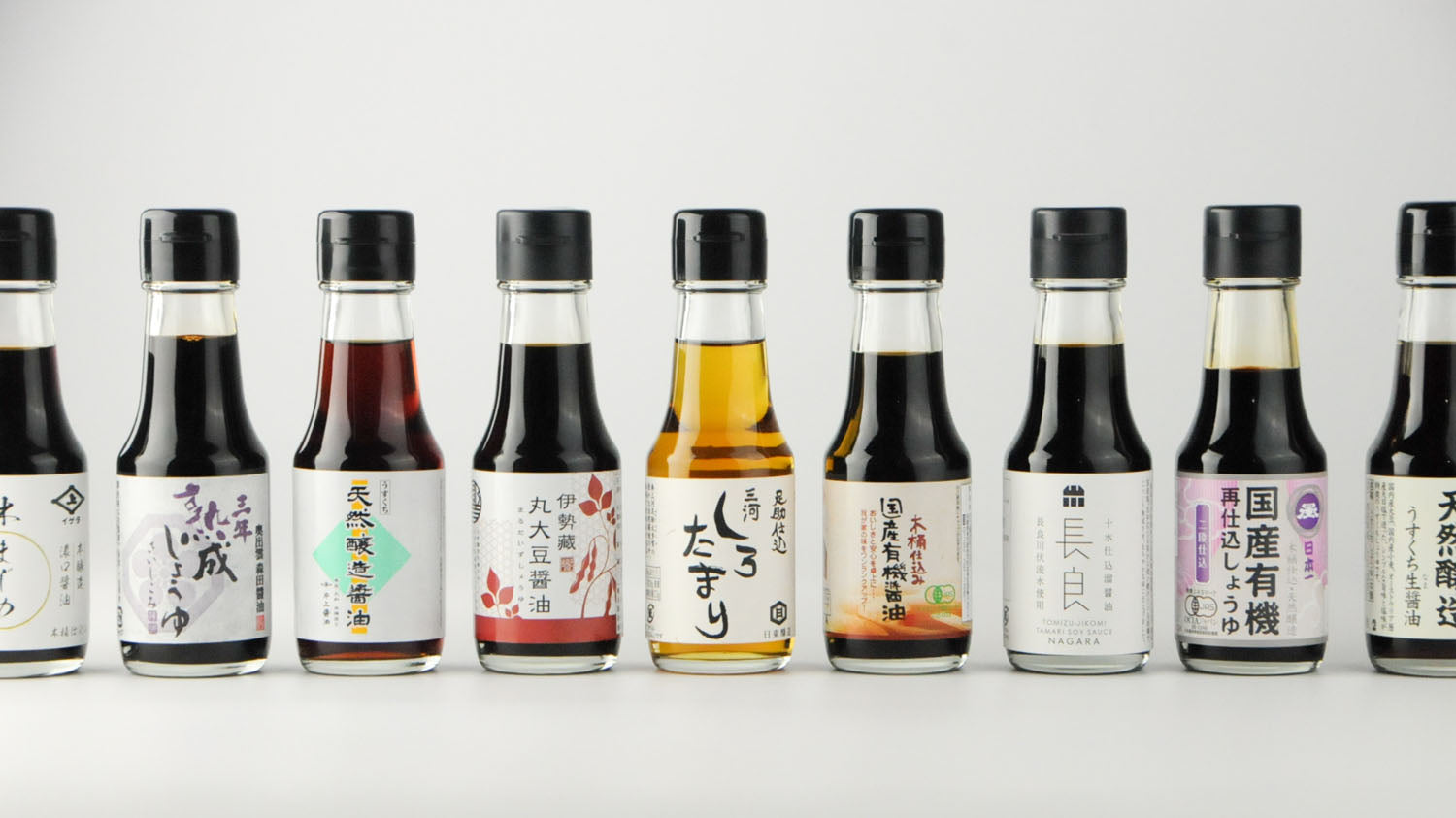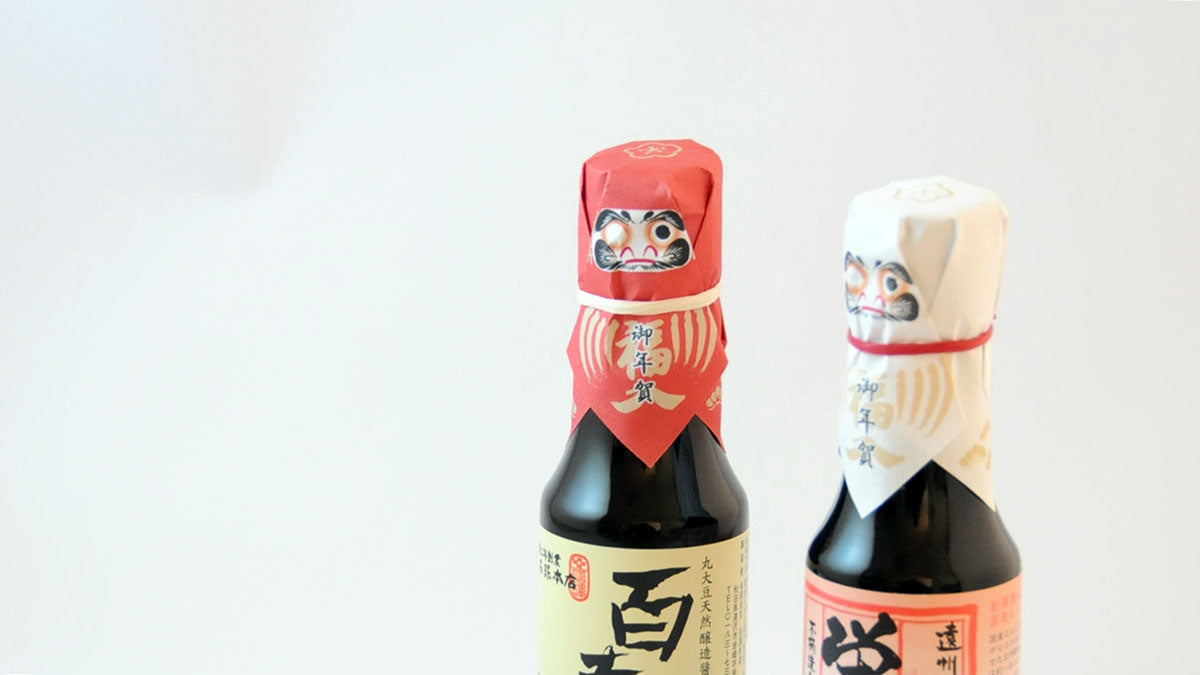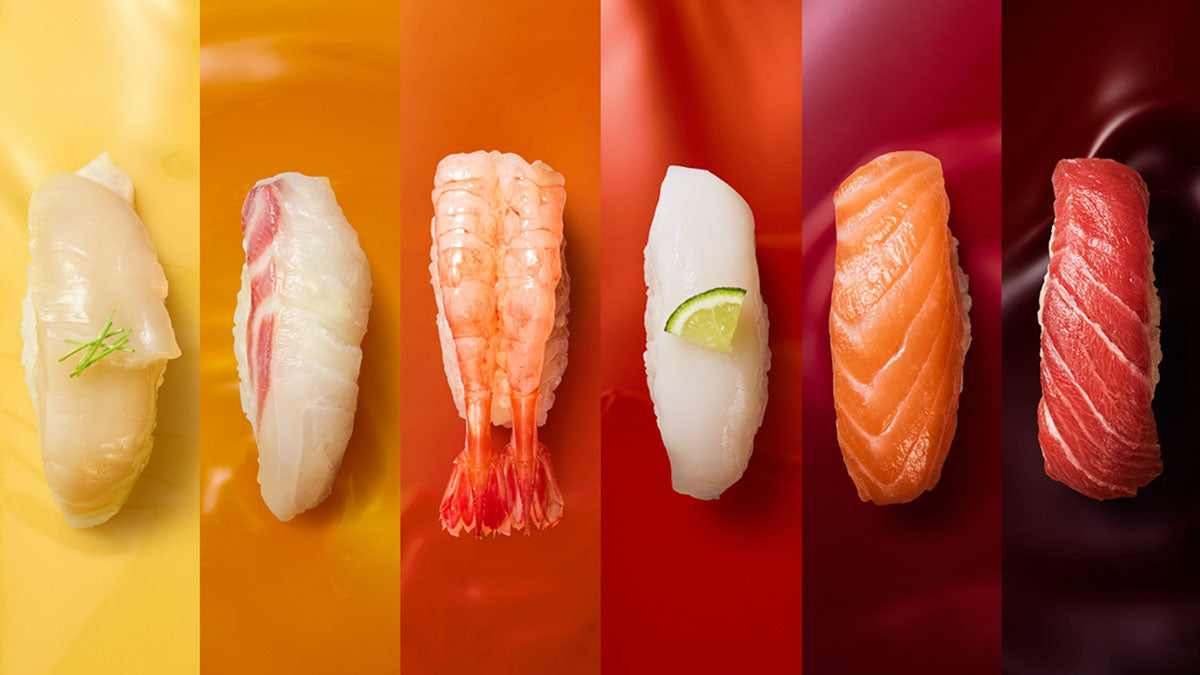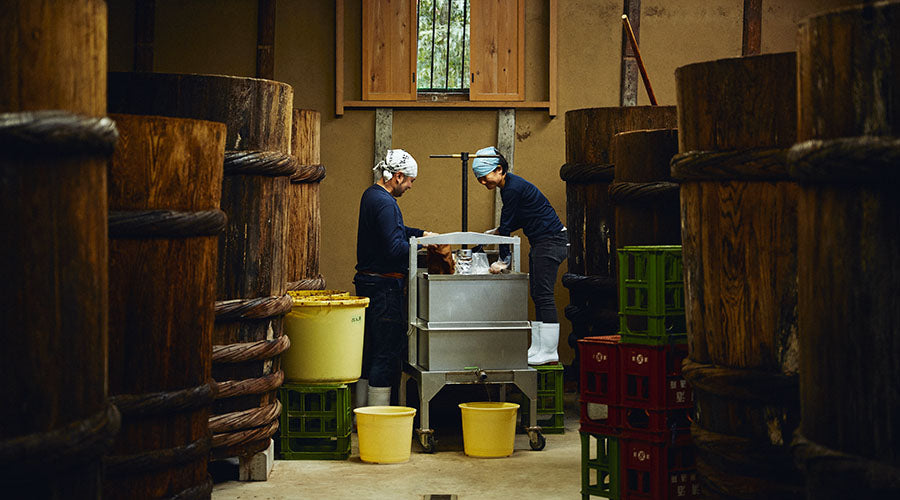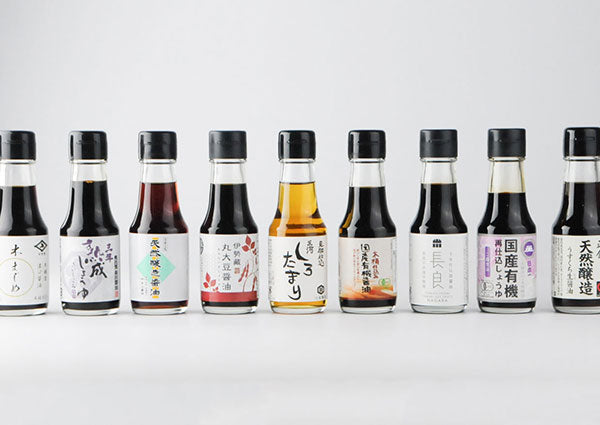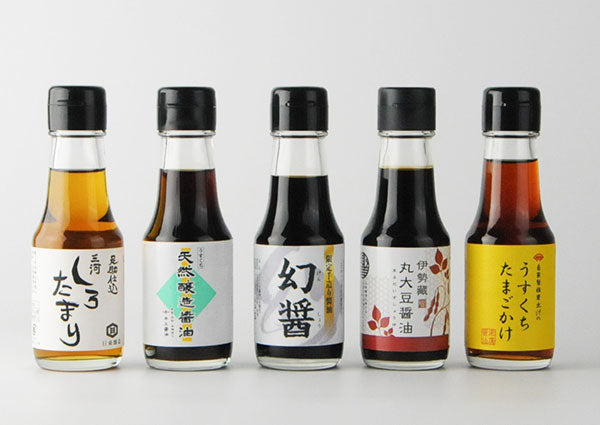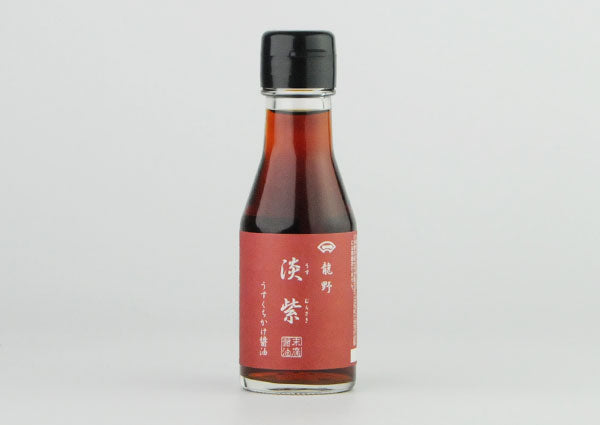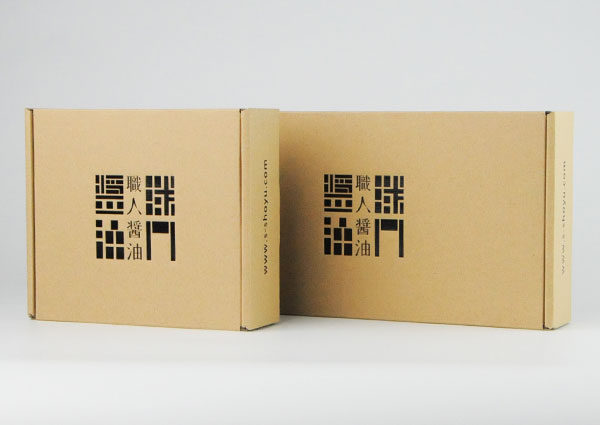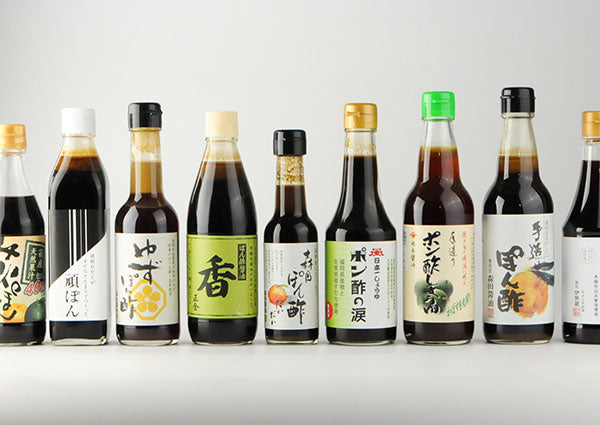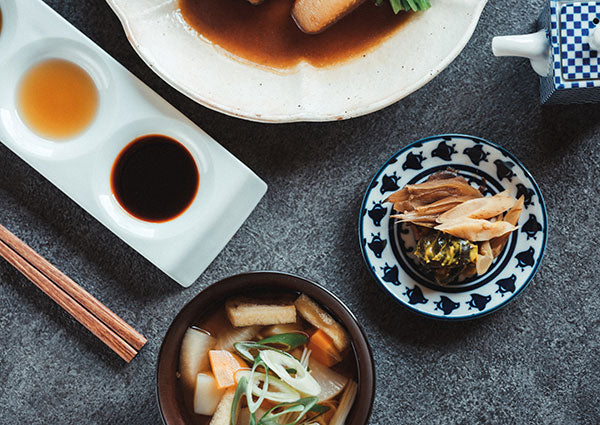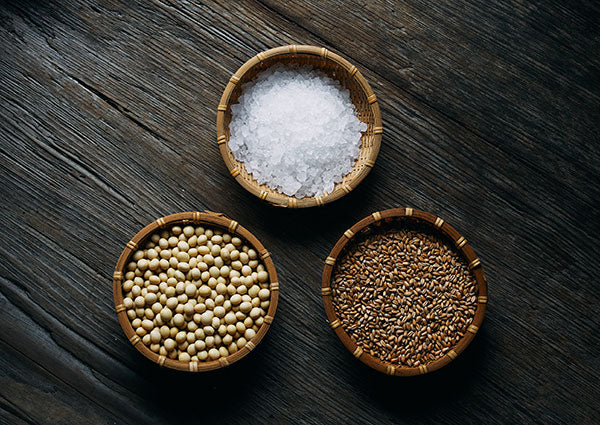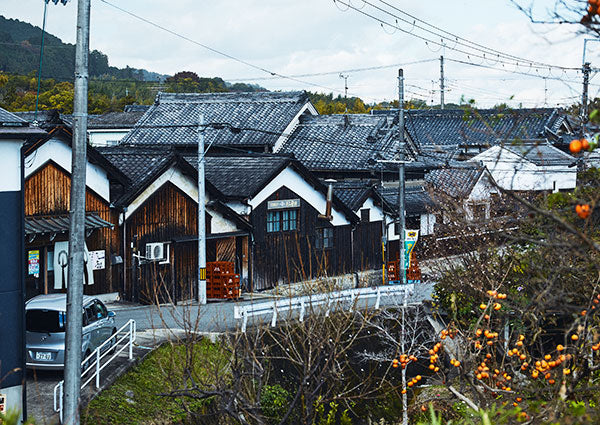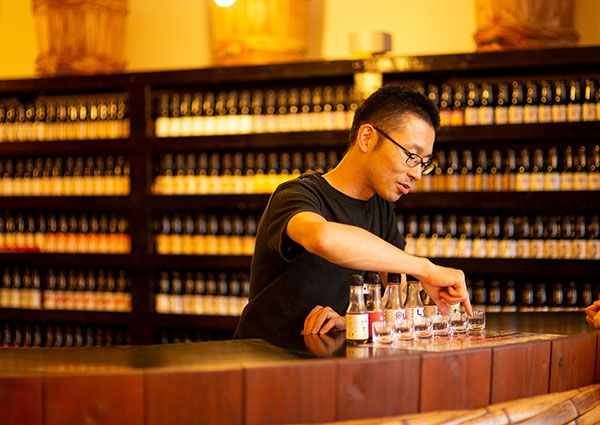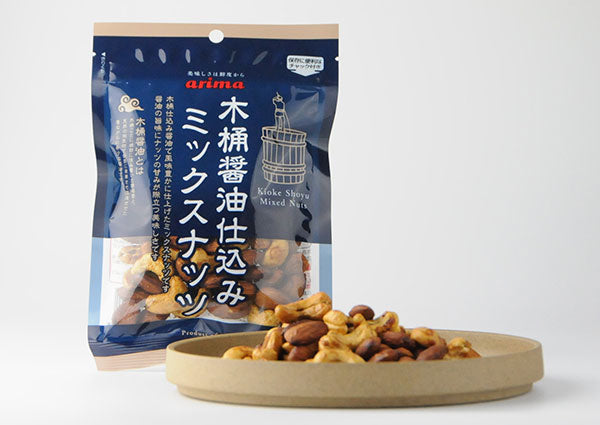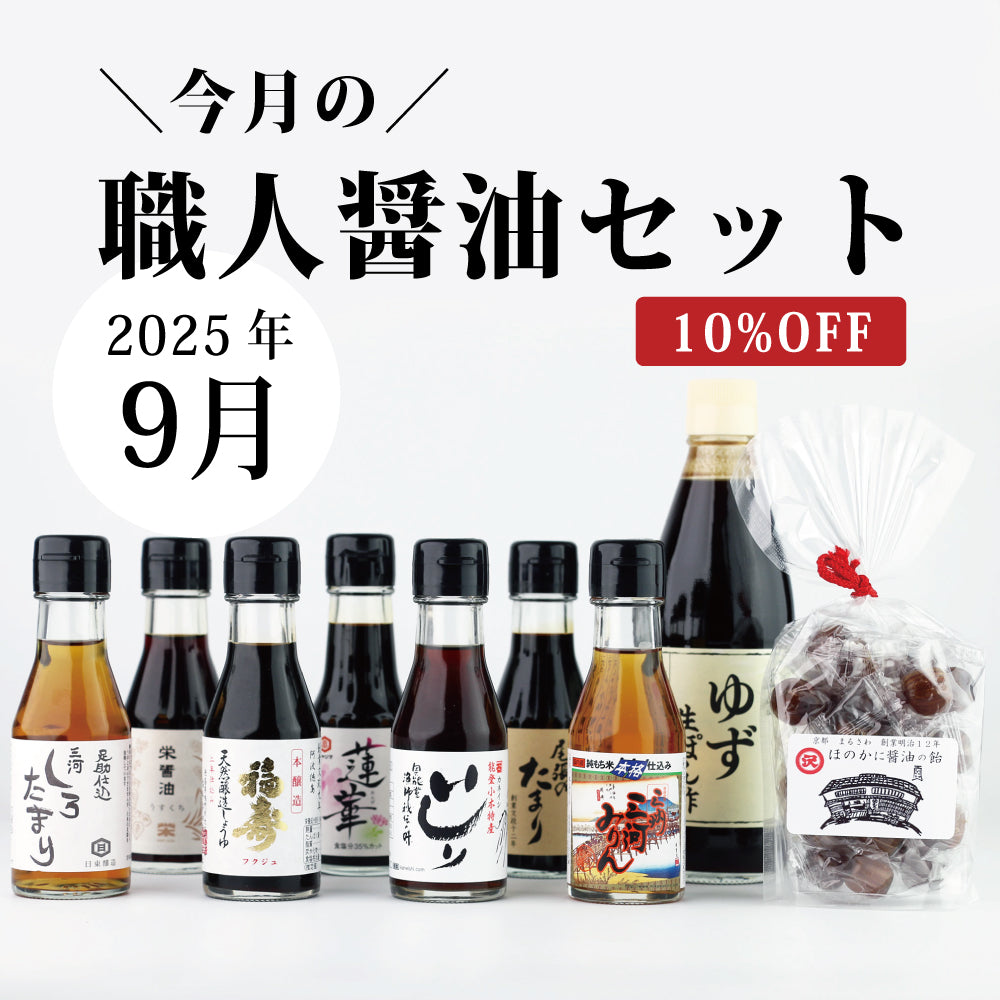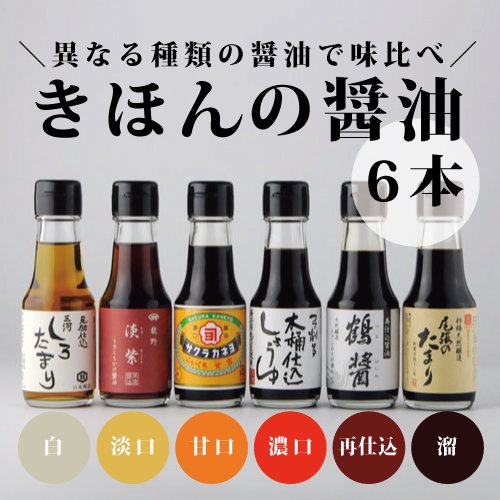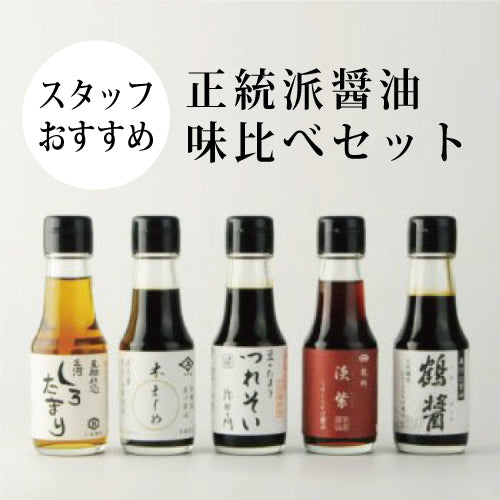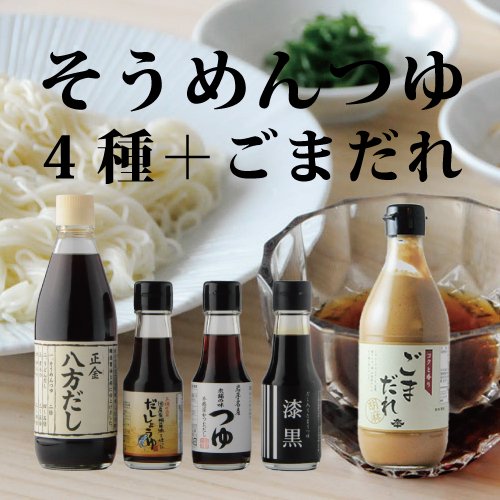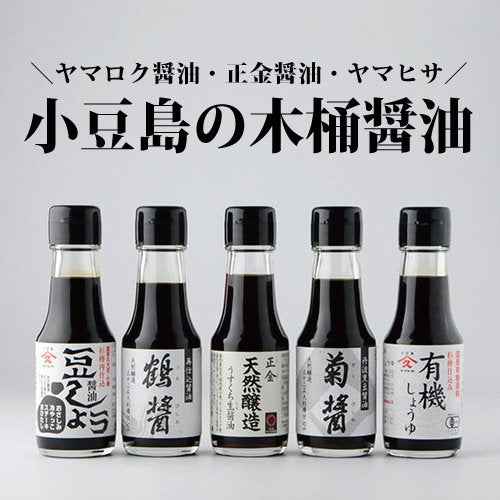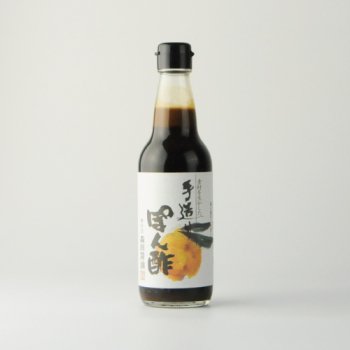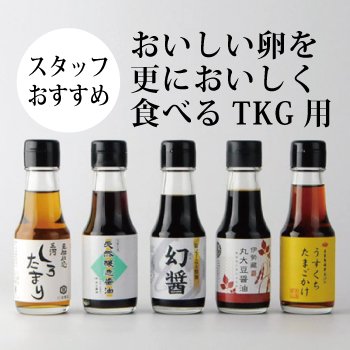Article: Wooden barrel soy sauce
Wooden barrel soy sauce

Traditional wooden barrel-brewed soy sauce
Soy sauce slowly fermented and aged in wooden barrels was a common sight in Japan up until the Edo period. Fermented seasonings that form the foundation of Japanese cuisine, such as soy sauce, miso, vinegar, mirin, and sake, were all prepared in wooden barrels.
However, with the wave of rapid economic growth and increased efficiency, wooden barrels were deemed "outdated" and rapidly disappeared from the soy sauce industry. Today, less than 1% of soy sauce is brewed in wooden barrels. They have been driven to the brink of extinction.
However, the tide began to turn after 2000. Young brewers discovered a new value in the depth of flavor and the individuality of each brewery, and began to revive brewing using wooden barrels. Now, wooden barrels are once again attracting attention as the container of choice for breweries seeking authenticity.

Wooden barrels that can be used for over 100 years
Wooden barrels have a long lifespan, lasting over 100 years, and sometimes even 150 years. However, even this advantage was once neglected. During the period of rapid economic growth, the shift to machinery progressed, and wooden barrels were discarded one after another.
The same trend occurred not only in the soy sauce industry, but also in the miso and sake industries. No breweries wanted to introduce new wooden barrels, and orders to craftsmen who make wooden barrels ceased. As a result, the number of craftsmen who could make large wooden barrels over two meters in length drastically decreased. By around 2010, there was only one group left in the entire country, and the craft was in danger of extinction.

The movement to revive wooden barrels begins on Shodoshima
The "Kioke Craftsman Revival Project," which began with a call from Yamaroku Soy Sauce, is a nationwide initiative to preserve wooden barrels and craftsmen for the future. Every January, breweries and related parties from all over the country gather on Shodoshima to jointly build wooden barrels. Craftsmen and breweries work together to assemble new barrels. As a result of this activity, some breweries are beginning to introduce new wooden barrels.

Fermentation Culture Summit using Wooden Barrels
The Wooden Barrel Fermentation Culture Summit is held once a year in collaboration with wooden barrel breweries across the country. The goal is to increase the distribution volume of wooden barrel brewed soy sauce, which has fallen to just 1%, to 2%.
What exists here is a healthy competitive spirit among fellow traders. Rather than trying to trip each other up, they work together to improve the quality of their products while spreading the appeal of wooden barrel brewing. This has brought horizontal connections and a breath of fresh air to the soy sauce industry, which was once prone to fragmentation.

Young brewers begin to gather
Once considered outdated, wooden barrels are now attracting young brewers in their 20s and 30s. While soy sauce production and the number of brewers are declining in Japan as a whole, strangely enough, sons and daughters are returning to wooden barrel breweries.
Rather than simply preserving tradition, they see wooden barrels as a stage where they can express their individuality. The complex flavors that can only be produced in wooden barrels are beginning to gain popularity among consumers. Times are changing, and wooden barrels are once again becoming an option that will lead the future.

The appeal of Kioke Soy Sauce is its diverse character, just like craft beer
The wooden barrels used to make soy sauce are about 2-3m high and 2-4m in diameter, and can be used for over 100 years. Microorganisms live in the fine structure of the wood's surface, creating a unique ecosystem.
This is the greatest feature of the wooden barrels, and the unique characteristics of the original microorganisms that have grown over more than a hundred years of history and the climate and environment create flavors and tastes that can only be produced by that brewery.

Taste created by nature
The wooden barrels are made from natural materials without the use of iron nails or adhesives. The fermentation environment is not artificially temperature controlled, but rather "natural brewing" that takes place depending on the temperature changes of the four seasons.
Preparation is done during the cold season, and fermentation begins in the summer. Depending on the season, the wooden barrels absorb moisture when it's humid and keep warm when it's cold. As they change appearance, they create the perfect environment for soy sauce.

Taste created by time
The lifespan of a wooden barrel is said to be 100 to 150 years, and they have been used for generations. Many of the barrels still in use were made between the Meiji and early Showa periods, and the soy sauce breweries that own these barrels have an even longer history.
The material used to make wooden barrels is often cedar, which takes decades to grow. Furthermore, to grow high-quality timber like Yoshino cedar in Nara Prefecture, it is necessary to start from the cultivation of the mountains, and when you think about it, you can see the accumulated efforts of our ancestors over hundreds of years.

Tastes created by people
The flavors change every day. The end product also changes depending on the year. The brewers have a variety of approaches to the process, with some saying, "It's always different, so I'm always worried..." "I trust the wooden barrels and leave it to them!" "It takes a lot of work, but it's all the more fun."
The more delicate brewers are handling the soy sauce more frequently, while the more daring brewers are boldly trying new production methods. It is said that the taste of the soy sauce resembles the personality of the brewers. However, what they all have in common is that they make soy sauce that they themselves find delicious. To better bring out the individuality of the soy sauce, wooden barrels are being reconsidered.

Wooden barrel soy sauce attracts attention from overseas
Kioke soy sauce is now attracting attention not only in Japan but also from around the world. Nearly 30 breweries of Kioke soy sauce exhibit together every year at the large-scale export trade fair "FOODEX JAPAN." Chefs and buyers from all over the world visit the booth, experiencing the charm of "KIOKE SHOYU" by tasting and absorbing the aroma.

The world of soy sauce created by young brewers
With wooden barrels as the central theme, young brewers are beginning to collaborate across generations. Brewers in their 20s and 30s come together to learn skills, share information, and sometimes even build barrels together. This is creating a sense of camaraderie and a sense of mission to build the future that transcends the traditional competitive framework.
Their goal is not simply to pass on tradition. They aim to bring out the individuality of each brewery to the fullest through the wooden barrels, and to deliver a wide variety of soy sauce expressions to the world. French chefs use wooden barrel soy sauce in sauces, in America for BBQs, and in Taiwan for home cooking. As its uses expand, the world of soy sauce is moving to a new stage.

